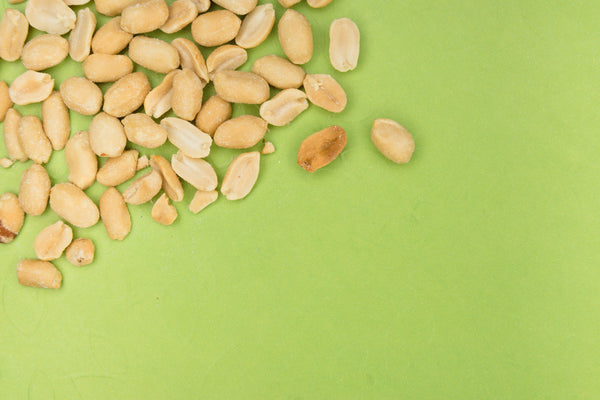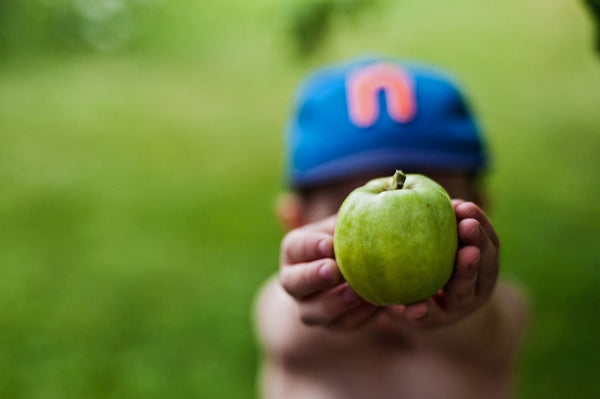4 Practical Nutrition Tips for Kids on the Autism Spectrum
share this article

Ensuring proper nutrition is essential for all kiddos, but it can be particularly challenging for those on the autism spectrum. Kids with autism may have sensory sensitivities, limited food preferences, and rigid eating behaviors that impact their dietary choices. However, with tailored nutrition strategies and support, parents and caregivers can help kiddos on the autism spectrum maintain a balanced diet that supports their overall health and well-being.
1. Focus on Nutrient-Dense Foods
Encourage kiddos on the autism spectrum to consume a variety of nutrient-dense foods that provide essential vitamins, minerals, and antioxidants. Emphasize whole foods such as fruits, vegetables, lean proteins, whole grains, and healthy fats. These foods not only support optimal physical health but also contribute to improved cognitive function and behavior.
Daily reads to help your little ones lead happier and healthier lives.
Join the
Happy Gut Club
2. Respect Food Sensitivities and Preferences
Respect your little one’s food sensitivities and preferences while still offering a balanced diet. Pay attention to textures, colors, and flavors that kiddos enjoy and incorporate them into meals and snacks. Experiment with different cooking methods and presentations to make nutritious foods more appealing to little ones on the autism spectrum.
3. Offer Consistent Mealtime Routines
Establish consistent mealtime routines to create a sense of predictability and structure for kiddos on the autism spectrum. Set regular meal and snack times and stick to them as much as possible. Avoid introducing new foods or changes to the mealtime environment abruptly, as this can cause stress and anxiety for little ones.
4. Provide Visual Supports
Use visual supports such as visual schedules, picture cards, or food choice boards to help kiddos on the autism spectrum understand mealtime expectations and make choices about what to eat. Visual aids can reduce anxiety and confusion, making mealtimes more enjoyable and manageable for kiddos.
Summary
Navigating nutrition for kiddos on the autism spectrum requires patience, flexibility, and tailored strategies. By focusing on nutrient-dense foods, respecting food sensitivities, establishing consistent mealtime routines, providing visual supports, and seeking professional guidance, parents and caregivers can support the dietary needs and overall health of little ones on the autism spectrum. With the right approach, kids on the autism spectrum can enjoy a balanced diet that nourishes their body and supports their development.
















